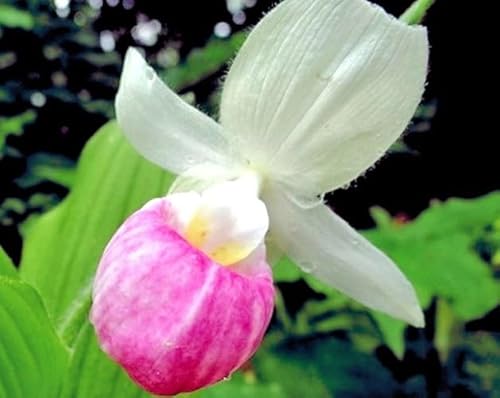- Joined
- Dec 16, 2009
- Messages
- 3,994
- Reaction score
- 4,722
I have no K-lite original fertilizer. I can only use my mix followed the original prescription of K-lite. I use it with RO or pure rain water controlled TDS, between 6-25 ppm, depending on raining period. I set fertilizing water to 100 ppm and use it every waterings, in summer one/4 days, in winter one/week.
I promised you taking pics about effect of K-lite on other generas. Here are few examples:

Cattleya aurea

Cattleya trianaei alba

Cattleya trianaei semialba
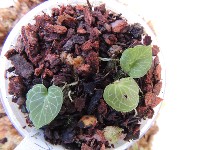
Corybas pictus

Dracula cordobae flower stem( it has three ones to other directions)
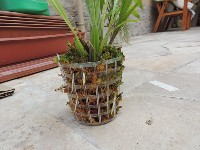
Coryanthes alborosea

moss on sanderianum
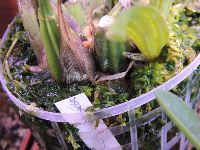
algees on another coryanthes (unpleasant, but harmless)
And paphs:
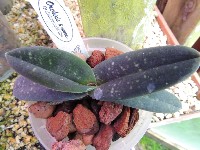
micranthum eburneum in sheath
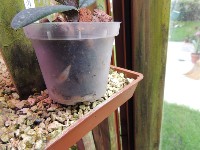
same plant with roots ( and has two stolones)

and zieckianum in bud.
I promised you taking pics about effect of K-lite on other generas. Here are few examples:

Cattleya aurea

Cattleya trianaei alba

Cattleya trianaei semialba

Corybas pictus

Dracula cordobae flower stem( it has three ones to other directions)

Coryanthes alborosea

moss on sanderianum

algees on another coryanthes (unpleasant, but harmless)
And paphs:

micranthum eburneum in sheath

same plant with roots ( and has two stolones)

and zieckianum in bud.








































